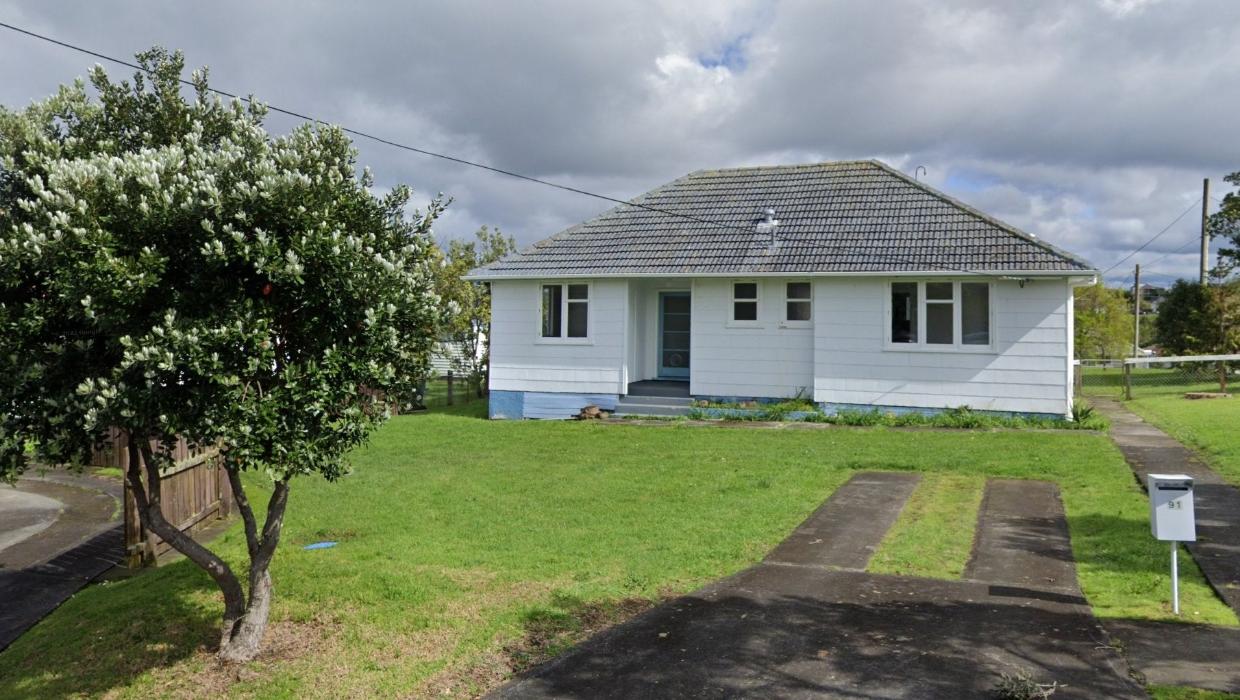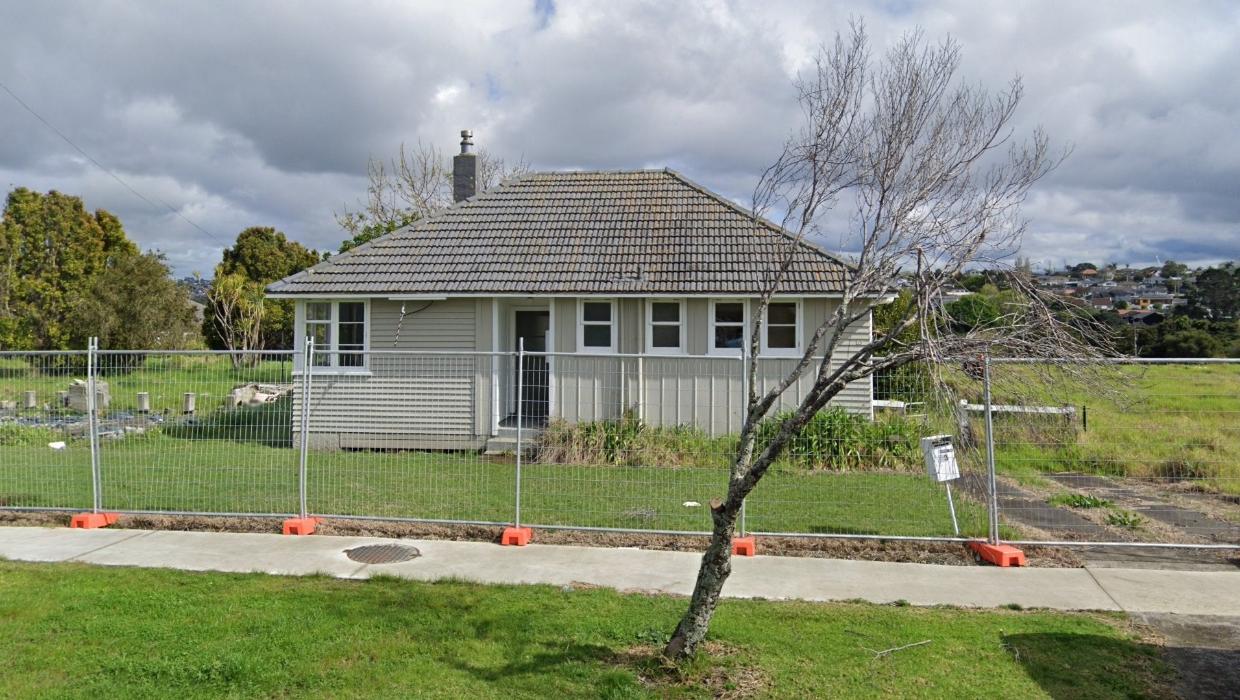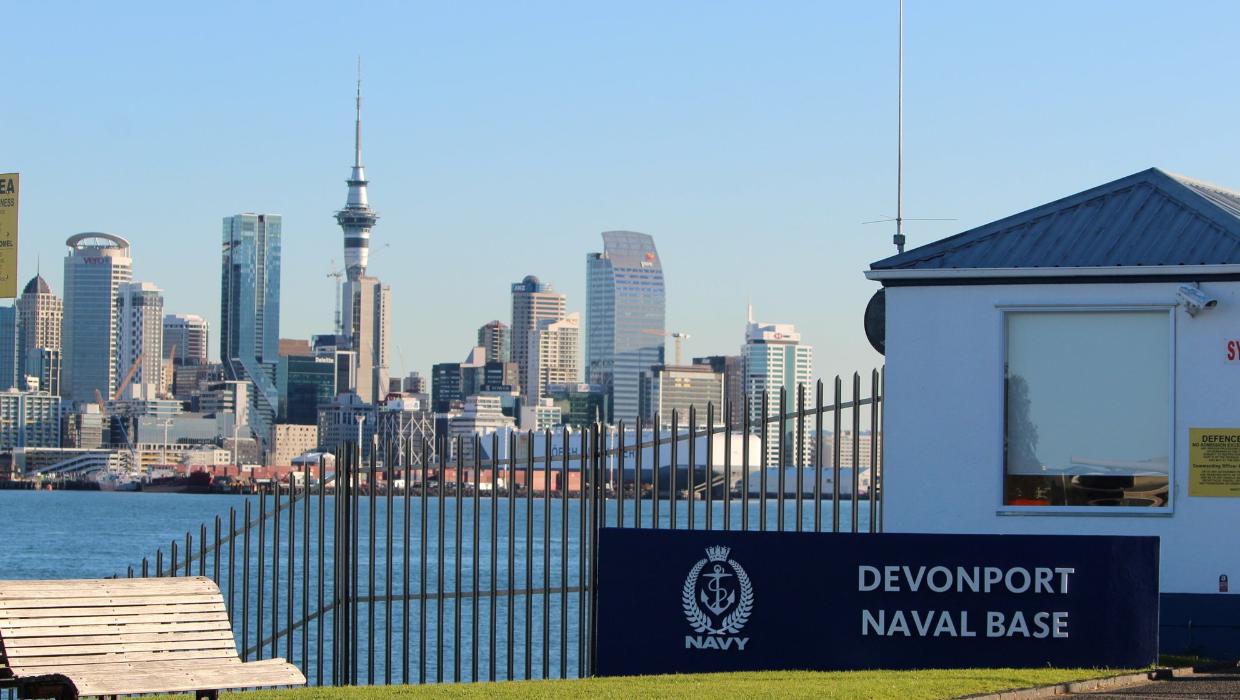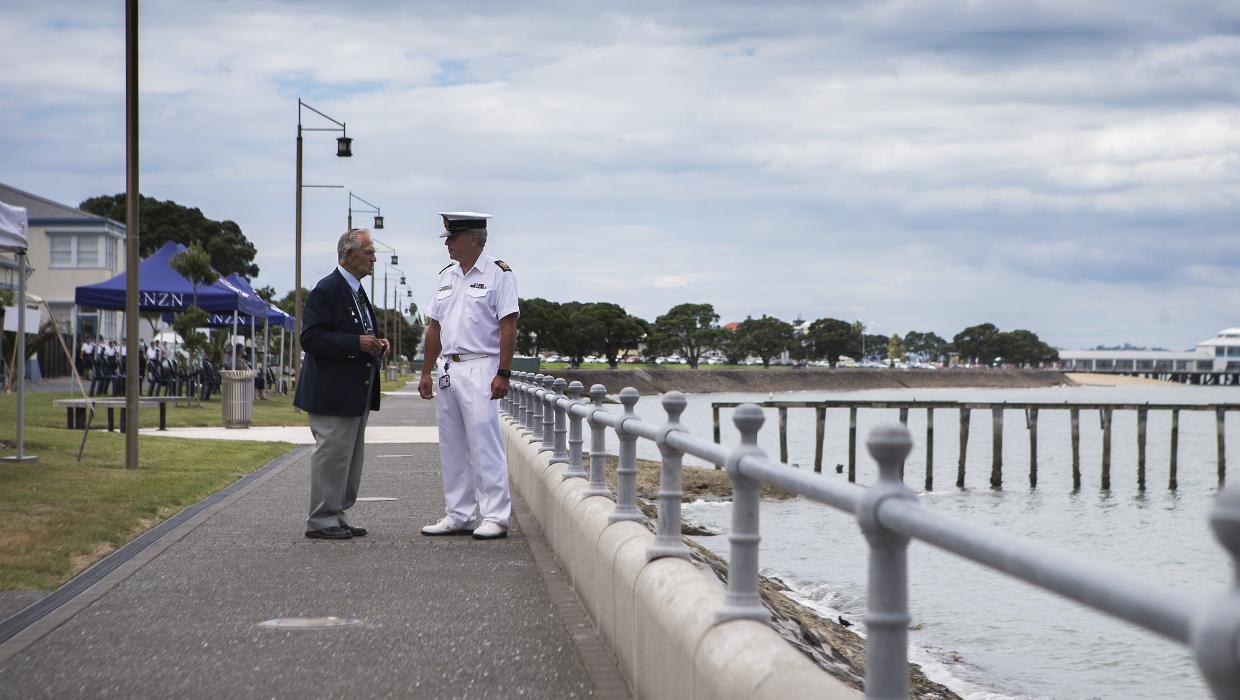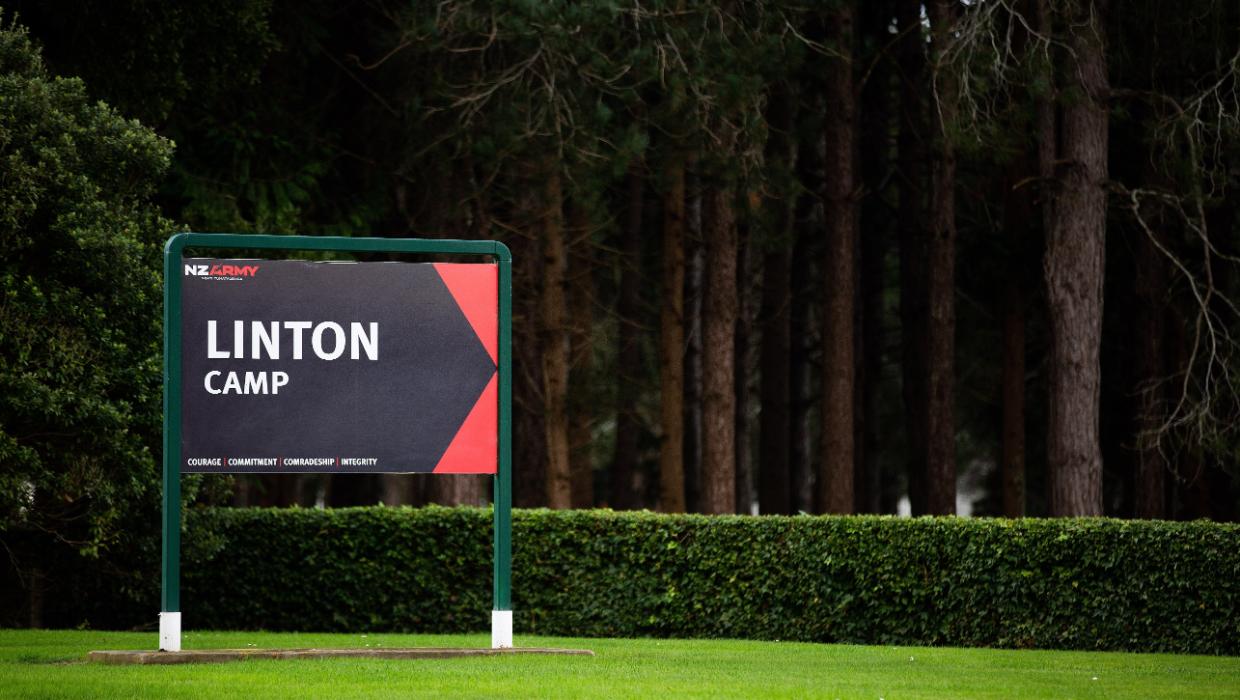The home front: Defence Force’s $3 billion housing problem

Jonathan Killick
January 21, 2024, • 05:00am
Share
An example of housing owned by the Defence Force in Devonport.
GOOGLE MAPS / SUPPLIED
New Zealand’s armed services are on the defence in a battle for the home front – with hundreds of government-owned houses that have fallen into disarray.
It’s also a war of attrition. The Defence Force has reportedly lost roughly a third of its uniformed staff in the last three years, which it attributes in part to substandard homes.
In a recent report, it said that while its houses would meet Healthy Homes standards, they would still be “unfit for modern living” without urgent intervention.
It said that military homes – provided for defence personnel and their families – were posing health risks and could cause “housing-related stress”.
The solution, according to the Defence Force, is a $1.011 billion cash injection over 25 years, in addition to $2b from its existing budget. This would yield 1628 “modern quality” homes.
ADVERTISEMENT
ADVERTISEMENT
For this money, 227 new houses would be built, while 877 would be refurbished, and a further 524 would be leased from the private market.
Stuff heard from former and serving defence personnel who spoke about their situations on condition of anonymity.
The Crown has now been obliged to hand over 270 of the navy’s houses to Marutūāhu under a settlement
GOOGLE MAPS / SUPPLIED
“The armed forces are struggling hugely with retention and I think it’s probably at a tipping point, but no one would admit it,” one said.
They said their house was poorly insulated with draughty windows, and running a heat pump to warm it was expensive. It had been cheap rent that had “made the equation work”.
They have a family in navy-owned subsidised housing, living in a four-bedroom house which costs around $320 a week.
It sounds like a great deal, but the reality is more complicated.
Defence’s General Manager of Estate Strategy Phil Gurnsey points out that Defence sets its rents based on the going rate in Manawatū, and in Auckland homes could be up to $350 a week cheaper than the market rate.
ADVERTISEMENT
However, personnel say that has to be put into context of a hard-won pay increase, announced in May. They got an average rise of 30%.
Meanwhile, one defence employee has had a 50% increase in rent compared to three years ago, and was expecting a further 35% increase in April 2024. They said it meant they had effectively had a pay cut.
“I know of single parents who struggle to make ends meet. Even as an officer, they are living pay cheque to pay cheque,” one personnel said.
According to the Government’s careers website, navy officers start on $51,000 and can progress to between $70,000-$84,000 when they reach Ensign level. Lieutenants can earn up to $117,000.
Royal NZ Navy frigate Te Kaha returns to friends and family at Devonport Naval base in 2011. Pictured is Petty Officer Brent Hill with daughter Charlotte. (File image)
PHIL DOYLE / STUFF
Broadly, personnel described how housing had the most impact on the cost of living for young families, which put pressure on mid-career personnel. On this, Defence agrees.
Defence said that it had modelled the future need of houses based on the number of personnel with more than five years but fewer than nine.
“This group are critical to military outputs, have the skills to be fully effective in their role and are known to be at a higher risk of leaving the Defence Force, often due to family reasons.”
ADVERTISEMENT
The problem is perhaps most acutely felt by the navy, which has its primary base of operations at Devonport, one of Auckland’s most expensive and congested suburbs.
The Devonport Naval Base is situated on prime waterfront real estate in Auckland.
CAROLINE WILLIAMS / STUFF
The Crown has now been obliged to hand over 270 of the navy’s houses to Marutūāhu under a settlement, which will leave just 27 homes in the suburb.
It comes as the navy has completed its 32nd report in 26 years on whether it is worthwhile holding onto its base in Devonport and looking at the case for shifting it to Whangārei.
“[It] presents the opportunity to take into account support systems for navy personnel, including improved wellbeing, better work/life balance and improved housing accessibility compared to Auckland.”
It was decided that there would be at least a partial migration, with Defence being instructed to press ahead with a business case for a supplementary training facility in Northland.
The report still found that Devonport had a “superior” deep water channel and a presence should be retained. A full move would cost $945 million more than staying, it said.
There’s another issue. Personnel are only permitted to live in navy-subsidised housing for six years, after which they either have to hope for an extension or find a new home.
ADVERTISEMENT
Ex-naval personnel attend Veterans Day at the naval base in Davenport, Auckland.
CHRIS MCKEEN / STUFF
It’s a numbers game. Defence employs 9600 personnel, 2700 reserves and 3100 civilian staff, and has 1821 houses.
“I’m here because I thoroughly enjoy serving, but if I have to live in the Auckland market on a non-competitive salary, I will take my skills elsewhere and not have to leave my family,” as one put it.
It’s said that most Defence jobs are at least 5% below their civilian equivalent; some as high as 18%.
One personnel told Stuff they had already moved their family north of Auckland in order to afford housing, but this had come with the added cost of petrol.
In the meantime, the Defence Force is changing mode from landlord to tenant. It plans to rent 243 properties near Devonport, 75 in Papakura, 34 in Wellington and increase the number it leases at Whenuapai to 172.
In what appears to be a trial, it has already leased 15 two-bedroom units and seven three-bedroom units in a brand-new development in Northcote.
In its housing pitch, Defence said that the nature of the job was that it had to deploy personnel to various locations and having available housing supported that.
ADVERTISEMENT
“It allows the Defence Force to post personnel where they are needed to deliver military outputs, including locations with high cost of housing or limited housing supply.”
How did our armed forces get to the point of needing billions to prop up its housing?
Rent for Defence Force homes is based on rates for Manawatū, where the army has a large base.
DAVID UNWIN / STUFF
According to the pitch document prepared for former defence minister Andrew Little, most of the stock is over 60 years old and “does not meet modern functionality or is in a marginal physical condition”.
In the last five years, the military had been able to stump up $10.5 million on maintenance of its housing stock.
Gurnsey told Stuff that Defence had gained initial approval from the previous government for the $3 billion programme, dubbed “Homes for Families”.
Now, it is preparing a full implementation business case for the new regime.
Stuff asked newly-appointed Defence Minister Judith Collins whether she intended to oversee its implementation, but received a non-committal response.
ADVERTISEMENT
“This is an operational matter and as such we are happy to leave it with NZDF to comment,” a spokesperson from her office said.
– Stuff
